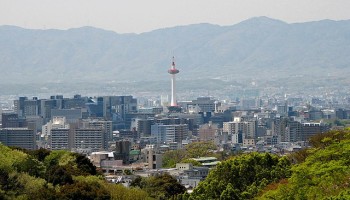The Global Report on Trafficking in Persons 2020, issued every two years and published this week, shows that governments detected nearly 50,000 human trafficking victims in 148 countries only in 2018. That’s an increase of 52% compared to the 2016 records, when countries reported about 24,000 victims globally.
UNODC believes that figure will continue to swell as the economic crisis resulting from the pandemic exposes migrants and unemployed people to traffickers.
“Millions of women, children and men worldwide are out of work, out of school and without social support in the continuing COVID-19 crisis, leaving them at greater risk of human trafficking. We need targeted action to stop criminal traffickers from taking advantage of the pandemic to exploit the vulnerable,” said UNODC Executive Director Ghada Waly.
World Bank estimates cited in the report expect Growth GDP per capita to plummet to -8% in Latin America, -5.3% in Sub-Saharan Africa and -4% in South Asia in 2020, severely affecting low-income countries and increasing unemployment globally.
The United Nations agency anticipates that the sharp increase in unemployment rates will likely prompt cross-border trafficking in persons and trafficking flows in the most affected regions, making children in extremely poor households particularly vulnerable to traffickers.
"People in economic need may be more exposed to trafficking in persons, both at the recruitment and exploitation phases and may be subject to specific coercive mechanisms," states the report.
It also shows that women and girls continue to be the primary targets for trafficking in persons, mostly for sexual exploitation. For every ten victims detected globally in 2018, about five were adult women and two were girls. Around 20% of human trafficking victims were adult men and 15% were boys, mainly trafficked for forced labor.
“The number of children among detected trafficking victims has tripled in the past 15 years, while the share of boys has increased five times,” the report said.
Similarly, a smaller proportion of trafficking victims are forced to engage in criminal activities, begging and forced marriages. UNODC registered in 2018 a rise in the number of people trafficked for their exploitation in criminal activities compared to previous years, with nearly 5% exploited in the commission of crimes.
The report also warns that traffickers use technology to recruit and exploit victims, often pursuing them on social media, known as “hunting,” or waiting for them to respond to fake job advertisements, which is referred to as “fishing.”






